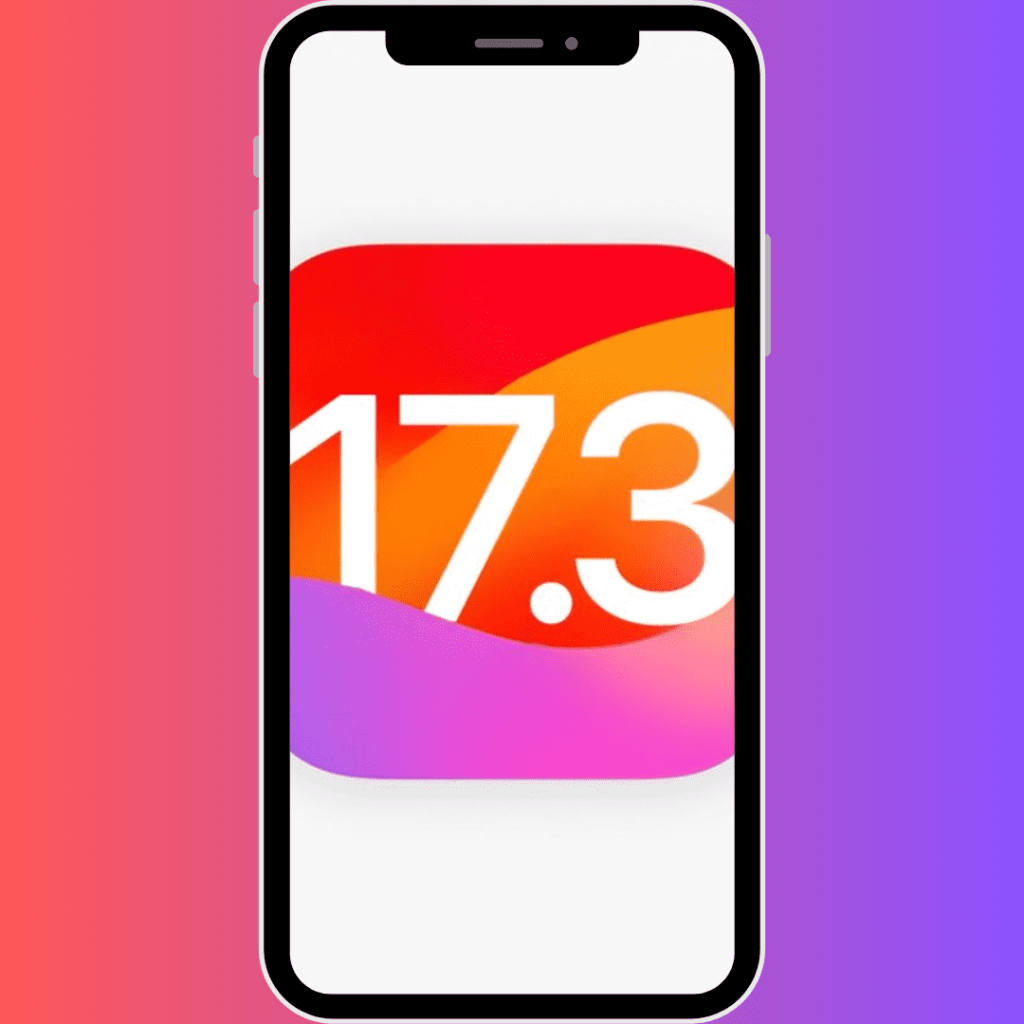Tired of shoulder surfers and late-night scams? iOS 17.3 has your back with its game-changer feature: Stolen Device Protection (SDP). Breathe a sigh of relief, iPhone owners and tech enthusiasts! This innovative security layer safeguards your Apple ID and sensitive data, even if your passcode falls into the wrong hands.
Before SDP, a stolen passcode meant disaster. Thieves could change your Apple ID password, disable Find My, and lock you out, leaving you helpless. It was a nightmare scenario all too familiar to news headlines.
But with SDP, the tides have turned. This proactive shield adds an additional layer of security, requiring both your passcode and Face ID for critical actions like:
- Viewing iCloud Keychain passwords: No more peeking at your precious logins without your face!
- Wiping your iPhone: Say goodbye to panic-induced deletion sprees. Only your unique biometric signature authorizes a clean slate.
- Changing Apple ID password or disabling Face ID: These sensitive changes trigger a mandatory one-hour delay and Face ID check, giving you valuable time to react and alert authorities.
Real-world scenario: Imagine enjoying a drink at a bar when a friendly stranger “accidentally” bumps your phone, revealing your passcode. In the pre-SDP era, your data would be at their mercy. But with SDP, even if they memorize your passcode, they’ll be met with a brick wall of Face ID verification for any critical action. Time to call the cops and track your phone with Find My!
Comparison with previous versions: SDP marks a significant evolution in iPhone security. Gone are the days of relying solely on a passcode, easily compromised by social engineering or shoulder surfing. SDP empowers you with the combined strength of your passcode and unique biometric signature, making it significantly harder for thieves to exploit your device.
Here’s a table summarizing the actions requiring both passcode and Face ID, and those requiring the additional security delay:
| Action | No Security Delay | Security Delay (1 Hour, Face ID Check Required) |
| Access iCloud Keychain passwords | ✔ | |
| Change your Apple ID password | ✔ | |
| Apply for a new Apple Card | ✔ | |
| Enable recovery key | ✔ | |
| Erase all content and settings | ✔ | |
| Change trusted phone number or contact | ✔ | |
| Turn off Lost Mode | ✔ | |
| Add Face ID or Touch ID | ✔ | |
| Sending people money with Apple Cash | ✔ | |
| Remove Face ID or Touch ID | ✔ | |
| Use your iPhone to set up a new device | ✔ | |
| Disable Find My | ✔ | |
| Use payment methods saved in Safari | ✔ | |
| Turn off Stolen Device Protection | ✔ |
Actionable steps: Activating SDP is simple! Head to Settings > Face ID & Passcode > Stolen Device Protection and tap Turn On Protection. Remember, even with SDP, a passcode alone can still unlock your phone. So, practice safe passcode hygiene and avoid sharing it with anyone!
Bonus tip: Share this article with your tech-savvy friends and family. Let’s spread the word about SDP and keep our iPhones and data safe together!



